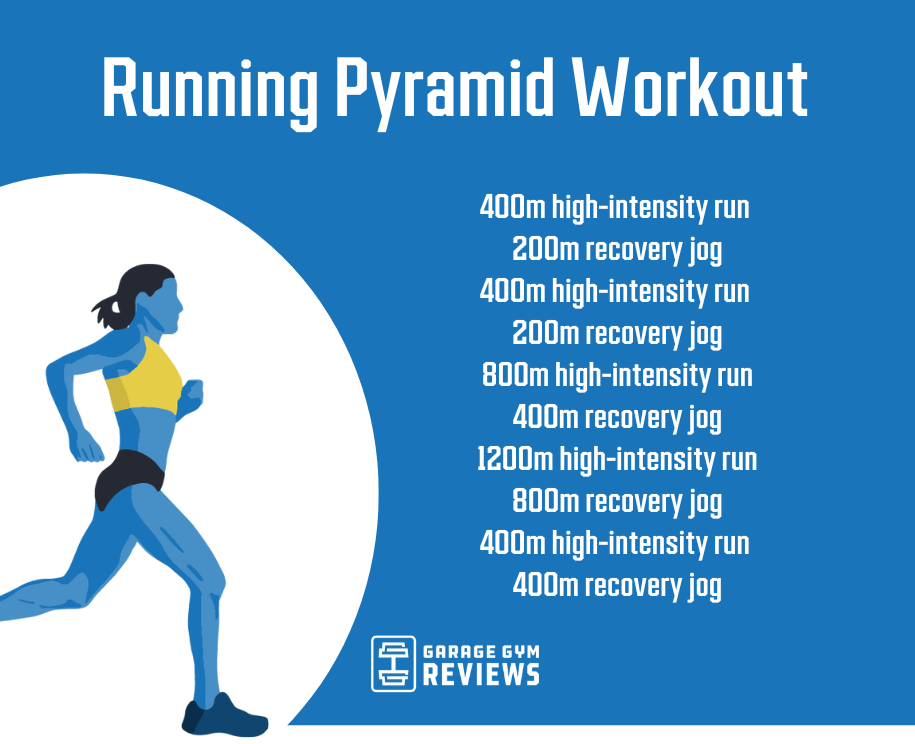How to avoid and Take Care Of Pain in Operating: Specialist Tips and Advice
The pursuit of that jogger's high can sometimes be impeded by the unwanted friend of discomfort. There exist tried and tested strategies and expert suggestions that can aid reduce and handle these discomforts, allowing you to concentrate on the pleasure of running itself.
Relevance of Proper Shoes
Correct footwear plays a critical function in protecting against and managing pain for joggers, as it substantially impacts their comfort, efficiency, and general foot health. When it pertains to running, using the right shoes can make all the distinction. Ill-fitting or inappropriate footwear can cause a host of problems such as sores, shin splints, plantar fasciitis, and a lot more serious injuries like stress and anxiety fractures.
Picking the correct operating shoes includes thinking about factors such as foot kind, gait technicians, running terrain, and personal choices. Runners with high arcs might need even more padding and support, while those with flat feet may profit from security shoes. Additionally, understanding pronation (the internal rolling of the foot) and supination (the outside rolling of the foot) can help in picking shoes that supply the appropriate level of arch support.
Spending in quality running shoes that are proper for your private demands can assist prevent pain and pain while boosting your running experience. Focusing on correct footwear is not just regarding efficiency but also concerning safeguarding your foot health and wellness over time.

Efficient Warm-up Methods
Shoes choice is simply one aspect of preparing for an effective run; an additional essential element is applying efficient workout techniques to enhance efficiency and decrease the threat of injury. A vibrant warm-up regimen before a run assists increase blood circulation to the muscular tissues, boosts adaptability, and boosts the array of motion of the joints. Dynamic stretches like leg swings, high knees, and hip circles are beneficial in preparing the body for the physical demands of running. Gradually boosting the strength of the warm-up workouts can aid turn on the muscle mass and improve neuromuscular control.
Along with vibrant stretches, integrating some light cardio exercises such as running or avoiding rope can even more raise the heart rate and heat up the body. This combination of vibrant extending and light cardio helps loosen up limited muscles, lubricate the joints, and mentally prepares the jogger for the upcoming exercise (running workout). By making warm-ups a consistent part of your running regimen, you can significantly decrease the risk of injuries and perform at your best throughout each run
Secret Stretching Exercises
When getting ready for a run, integrating key extending exercises is necessary to enhance muscle adaptability and prevent injuries - Read More. Dynamic extends such as leg swings, high knees, and hip circles are helpful for heating up the muscles and enhancing range of activity before a run. These activities aid boost blood flow, loosen limited muscular tissues, and prepare the body for the task in advance
Fixed stretches like calf stretches, hamstring stretches, and quadriceps stretches must adhere to a run to assist in muscle mass recovery and prevent tightness. Holding each stretch for 15-30 secs enables the muscular tissues to loosen up and extend, minimizing the risk of post-run pain and prospective injuries.
Furthermore, integrating yoga poses like down pet dog, pigeon present, and spinal twists can target multiple muscle mass groups all at once, promoting overall adaptability and stamina. Regular stretching routines not only improve efficiency but additionally help in keeping great running kind and avoiding overuse injuries. Remember, correct stretching techniques are important for a risk-free and enjoyable running experience.
Recuperation and Relax Approaches
After finishing a run, carrying out reliable healing and remainder techniques is vital for making best use of efficiency and decreasing the risk of injuries. One critical aspect of recovery is permitting the body time to rest and fix itself. Appropriate rest is extremely important as it is throughout rest that muscles recuperate and expand stronger. Additionally, incorporating rest days right into your training timetable is important to avoid overuse injuries and exhaustion.
Active healing strategies such as gentle stretching, foam rolling, and yoga can aid improve blood circulation, minimize muscular tissue pain, and improve flexibility. It is additionally useful to focus on hydration and nutrition post-run to replenish electrolytes, glycogen shops, and promote muscle mass healing.
Cross-training tasks like swimming or biking can offer a break from the repetitive influence of running while still keeping cardio physical fitness - running strategy. Listening to your body and identifying when it requires a break is essential to preventing persistent injuries and making certain lasting running success. Remember, rest is not an indication of weak point yet a critical element of a well-shaped training routine
Cross-Training Advantages

In addition, cross-training help in preventing mental fatigue by including selection to your workout routine, maintaining you determined and participated in your physical fitness trip. It permits you to work on various aspects of fitness that might not be targeted exclusively with running, bring about a much more balanced and well-rounded athlete. Furthermore, cross-training can aid enhance running efficiency by attending to muscular imbalances and weaknesses that may hinder performance. In general, incorporating cross-training into your regimen can result in boosted endurance, rate, and total athletic performance while minimizing the probability of injury.
Conclusion
To conclude, proper shoes, warm-up techniques, stretching workouts, recovery techniques, and cross-training are vital components in protecting against and managing pain in running. By integrating these techniques into your routine, you can decrease the danger of injury and discomfort while making the most of efficiency and pleasure of the sport. Read More. Bear in mind to listen to your body, focus on rest and healing, and seek expert guidance when needed to make sure a safe and effective running experience